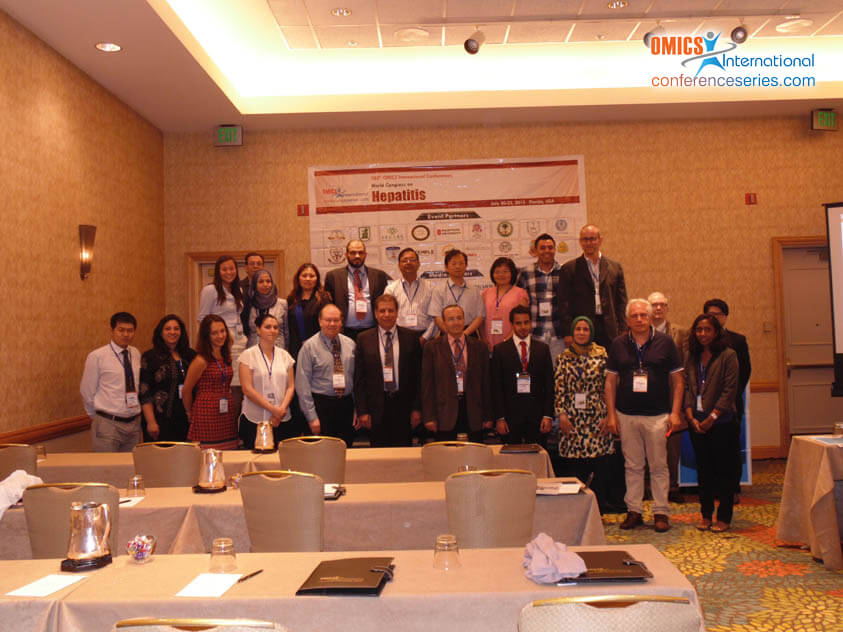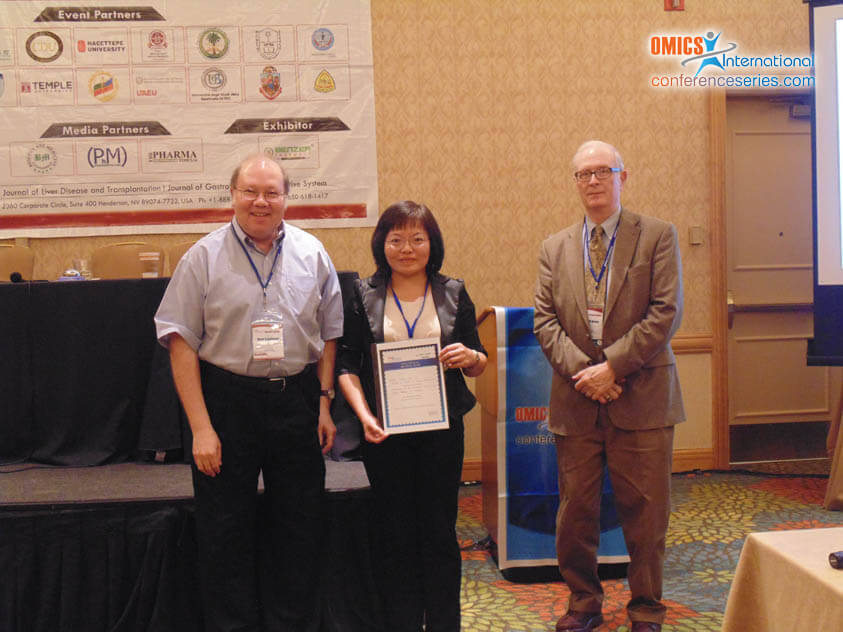
Dr. Chiou-Hwa Yuh
Institute of Molecular and Genomic Medicine, ROC
Title: Distinct roles of α-1,2-mannosidase subtypes in hepatocarcinogenesis: MAN1A1 is an oncogene and MAN1C1 is a tumor suppressor gene
Biography
Biography: Dr. Chiou-Hwa Yuh
Abstract
Deregulation of α-mannosidase can result in cancer, although the mechanism remains unclear. Here, we report the distinct roles of α-mannosidase subtypes in the formation of hepatocellular carcinoma (HCC). Clinicopathological analysis revealed that the clinical stage, tumor size, tumor type, α-fetoprotein level and invasion status were positively correlated with the expression level of MAN1A1, MAN1B1, and MAN1A2. In contrast, the expression of MAN1C1 was decreased as early as stage I HCC. Survival analysis showed that high MAN1A1, MAN1A2 or MAN1B1 and low MAN1C1 expression levels were significantly correlated with poor survival. Functionally, the overexpression of MAN1A1 promoted proliferation, migration and transformation in vitro as well as metastasis in transgenic zebrafish. Conversely, the overexpression of MAN1C1 reduced the cellular migration ability both in vitro and in vivo, decreased the colony formation ability, and shortened the S phase of the cell cycle. Furthermore, the expression of cell cycle/proliferation- and migration-related genes was increased in MAN1A1-overexpressing cells but decreased in MAN1C1-overexpressing cells. Finally, MAN1A1 activated the expression of key regulators of the unfolded protein response (UPR) and the active spliced form of XBP1. Subsequently, treatment with an ER stress inhibitor decreased the expression of cell cycle/proliferation-related genes. Using a zebrafish model of liver-specific overexpression of MAN1A1, we observed steatosis and inflammation at earlier stages and HCC formation at a later stage. These data suggest that the up-regulation of MAN1A1 activates the UPR and initiates metastasis. Thus, our data demonstrate that MAN1A1 represents a novel oncogene in hepatocarcinogenesis, whereas MAN1C1 acts as tumor suppressor gene.



